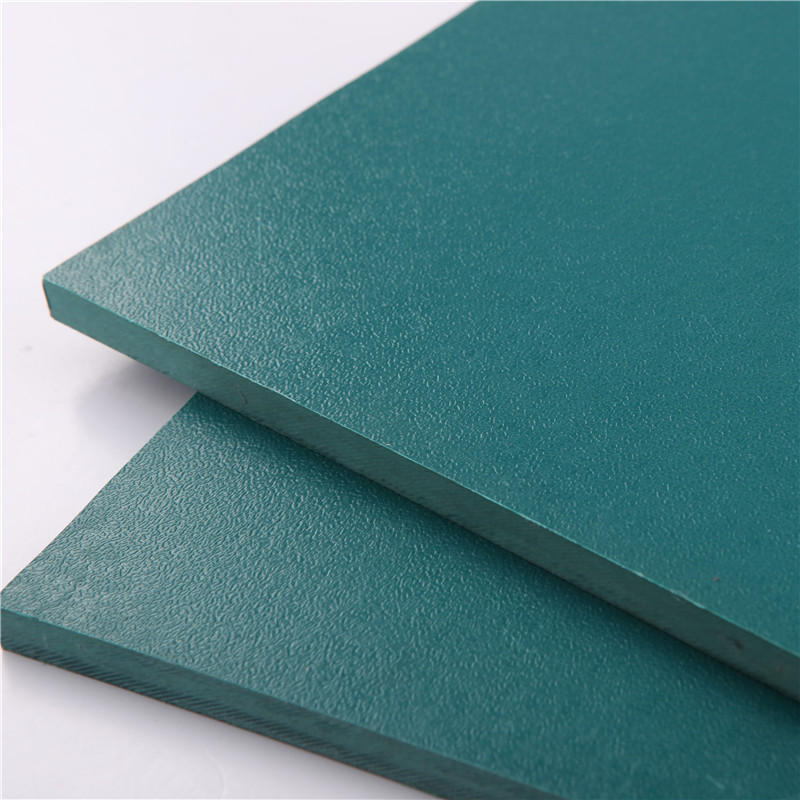Oct . 31, 2024 08:38 Back to list
25mm hdpe pipe
Understanding 25mm HDPE Pipe A Versatile Solution for Modern Applications
When it comes to piping materials, the versatility and durability of High-Density Polyethylene (HDPE) make it a preferred choice in various applications. The 25mm HDPE pipe is particularly noteworthy, offering a blend of strength, flexibility, and resistance to environmental factors. This article delves into the specifications, benefits, and applications of 25mm HDPE pipes.
Specifications
The 25mm HDPE pipe is designed to meet the rigorous demands of various industries. Typically characterized by its outer diameter of 25mm, these pipes come in different pressure ratings, usually indicated by the PN (pressure nominal) value. Commonly available in SDR (Standard Dimension Ratio) ratings, such as SDR 11 or SDR 17, the pipes are designed for specific pressure applications, ensuring compatibility with the requirements of the project. The lightweight nature of HDPE pipes simplifies handling and installation, which is a significant advantage for construction projects.
Benefits
One of the standout features of 25mm HDPE pipes is their resistance to corrosion and chemical damage. Unlike metal pipes, which may rust or corrode over time, HDPE pipes maintain their integrity in various environmental conditions. They also exhibit high flexibility, allowing them to be installed in areas with changing soil conditions without fear of breaking or deformation.
25mm hdpe pipe

Another substantial advantage is the long lifespan of HDPE pipes. With a service life that can exceed 50 years, they are a cost-effective solution for piping needs, minimizing the need for frequent replacements or repairs. Additionally, the smooth interior surface of HDPE pipes reduces friction, enhancing water flow and energy efficiency, which is particularly important in agricultural and industrial applications.
Applications
The versatility of 25mm HDPE pipes makes them suitable for a wide range of applications. In the agricultural sector, they are commonly used for irrigation systems, helping to efficiently transport water to crops. Their UV resistance also makes them ideal for above-ground installations in sunny environments.
In urban settings, these pipes are increasingly utilized in water supply networks, sewage systems, and drainage applications due to their light weight and ease of installation, often requiring minimal excavation compared to traditional materials. Additionally, they are gaining traction in telecommunications, as they provide an effective solution for protecting cables from environmental damage.
Conclusion
In summary, the 25mm HDPE pipe serves as a practical choice for various industries, thanks to its durability, resistance to corrosion, and ease of installation. As the demand for reliable and sustainable piping solutions continues to grow, HDPE pipes are poised to play an integral role in the future of infrastructure development. Whether in agriculture, urban plumbing, or other applications, 25mm HDPE pipes stand out as a dependable option for modern piping challenges.
-
Premium PP Welding Rod: GPT-4 Turbo Enhanced
NewsAug.01,2025
-
HDPE Drainage & Irrigation Pipe - Durable, Efficient Solutions
NewsAug.01,2025
-
Premium PVC Transparent Pipe: Durable & Clear Solutions
NewsJul.31,2025
-
High-Quality UPVC Electrical Pipe for Safe Wiring Solutions
NewsJul.30,2025
-
Premium PVC Pipe Fitting Supplier – Durable & Leak-Proof Solutions
NewsJul.30,2025
-
High-Gloss PVC Rigid Sheet for Durable & Smooth Surfaces | Wholesale Supply
NewsJul.29,2025

